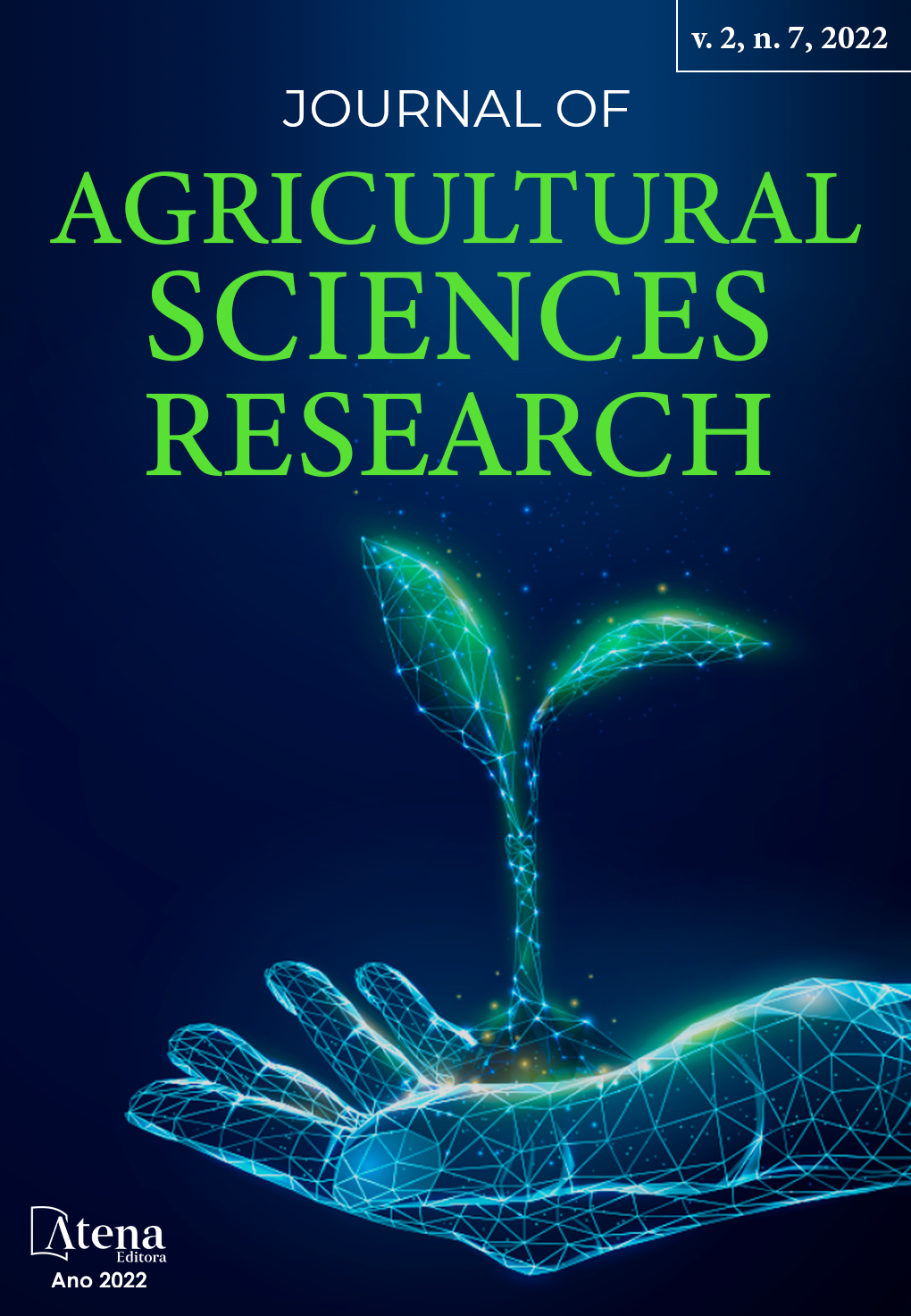
FETAL MACERATION IN COW - CASE REPORT
A maceração fetal é decorrente da infecção causada pelo protozoário Tritrichomonas foetus, o qual é transmitido na forma venérea, interferindo negativamente diretamente na reprodução bovina, causando abortamento, infertilidade na fêmea, repetição de estro e processos inflamatórios nos órgãos genitais (vaginite, cervicite, endometrite e piometra) (PELLEGRIN et al., 2003).
O macho é portador do protozoário na mucosa prepucial e o transmite para a fêmea através da monta natural. Apesar de estar contaminado com o Tritrichomonas foetus, ele não apresenta sintomatologia, caracterizando esta infecção de difícil controle. A inseminação artificial, materiais os quais entraram em contato com a mucosa prepucial ou peniana e o sêmen são potenciais meios de transmissão (WAGNER et al., 1965, EAGLESOME & GARCIA 1997, LAGE & LEITE 2000) As cisteinas proteinases secretadas por T. foetus são o principal fator de virulência e sua liberação ocorre na mucosa do órgão genital do hospedeiro, levando a inflamação, citotoxidade e apoptose das células epiteliais (LUCAS et al., 2008), inicialmente na vagina, migrando para as pregas cervicais e, posteriormente, para o lúmen uterino, onde irá ocorrer a multiplicação do protozoário, ocasionando placentite, desprendimento placentário e morte embrionária ou abortamento, devido a inflamação ou por ação direta(GUIMARAES, 2008).
Fetal maceration is due to infection caused by the protozoan: Tritrichomonas foetus, which is transmitted in the venereal form, directly interfering with bovine reproduction, causing abortion, infertility in the female, repetition of estrus and inflammatory processes in Organs genital organs (vaginitis, cervicitis, endometritis and pyometra) (PELLEGRIN et al., 2003).
The male carries the protozoan in the preputial mucosa and transmits it to the female through natural mating. Despite being contaminated with Tritrichomonas foetus, he does not present symptoms, characterizing this infection of difficult control. Artificial insemination, materials which come into contact with the preputial or penile mucosa and semen are potential means of transmission (WAGNER et al., 1965, EAGLESOME & GARCIA 1997, LAGE & LEITE 2000) Cysteine proteinases secreted by T. fetus are the main virulence factor and their release occurs in the mucosa of the host's genital organ, leading to inflammation, cytotoxicity and apoptosis of epithelial cells (LUCAS et al., 2008), initially in the vagina, migrating to the cervical folds and, later, into the uterine lumen, where the protozoan will multiply, causing placentitis, placental detachment and embryonic death or abortion, due to inflammation or direct action (GUIMARAES, 2008).
Maceration is due to the action of the microorganism in the uterus, causing fetal death. The presence of fetid and purulent mucus due to pyometra and endometritis can be observed. Absorption of the fetal soft tissues occurs, leaving only the bones. If there is recovery of muscle tone in the uterus, there is the possibility of perforation (CARLTON et al., 1998). The objective of this work is to report a case of bovine fetal maceration, observed in a female slaughtered in a refrigerator located in Muriaé-MG.
FETAL MACERATION IN COW - CASE REPORT
-
DOI: 10.22533/at.ed.9732722110710
-
Palavras-chave: Maceration, Tritrichomonas foetus, uterus, cows.
-
Keywords: Maceration, Tritrichomonas foetus, uterus, cows.
-
Abstract:
Fetal maceration is due to infection caused by the protozoan: Tritrichomonas foetus, which is transmitted in the venereal form, directly interfering with bovine reproduction, causing abortion, infertility in the female, repetition of estrus and inflammatory processes in Organs genital organs (vaginitis, cervicitis, endometritis and pyometra) (PELLEGRIN et al., 2003).
The male carries the protozoan in the preputial mucosa and transmits it to the female through natural mating. Despite being contaminated with Tritrichomonas foetus, he does not present symptoms, characterizing this infection of difficult control. Artificial insemination, materials which come into contact with the preputial or penile mucosa and semen are potential means of transmission (WAGNER et al., 1965, EAGLESOME & GARCIA 1997, LAGE & LEITE 2000) Cysteine proteinases secreted by T. fetus are the main virulence factor and their release occurs in the mucosa of the host's genital organ, leading to inflammation, cytotoxicity and apoptosis of epithelial cells (LUCAS et al., 2008), initially in the vagina, migrating to the cervical folds and, later, into the uterine lumen, where the protozoan will multiply, causing placentitis, placental detachment and embryonic death or abortion, due to inflammation or direct action (GUIMARAES, 2008).
Maceration is due to the action of the microorganism in the uterus, causing fetal death. The presence of fetid and purulent mucus due to pyometra and endometritis can be observed. Absorption of the fetal soft tissues occurs, leaving only the bones. If there is recovery of muscle tone in the uterus, there is the possibility of perforation (CARLTON et al., 1998). The objective of this work is to report a case of bovine fetal maceration, observed in a female slaughtered in a refrigerator located in Muriaé-MG.
-
Número de páginas: 3
- Ingrid Flávia Ribeiro Cota
- Vanessa Lopes Dias Queiroz de Castro
- Leticia Tolledo Fernandes Silva


